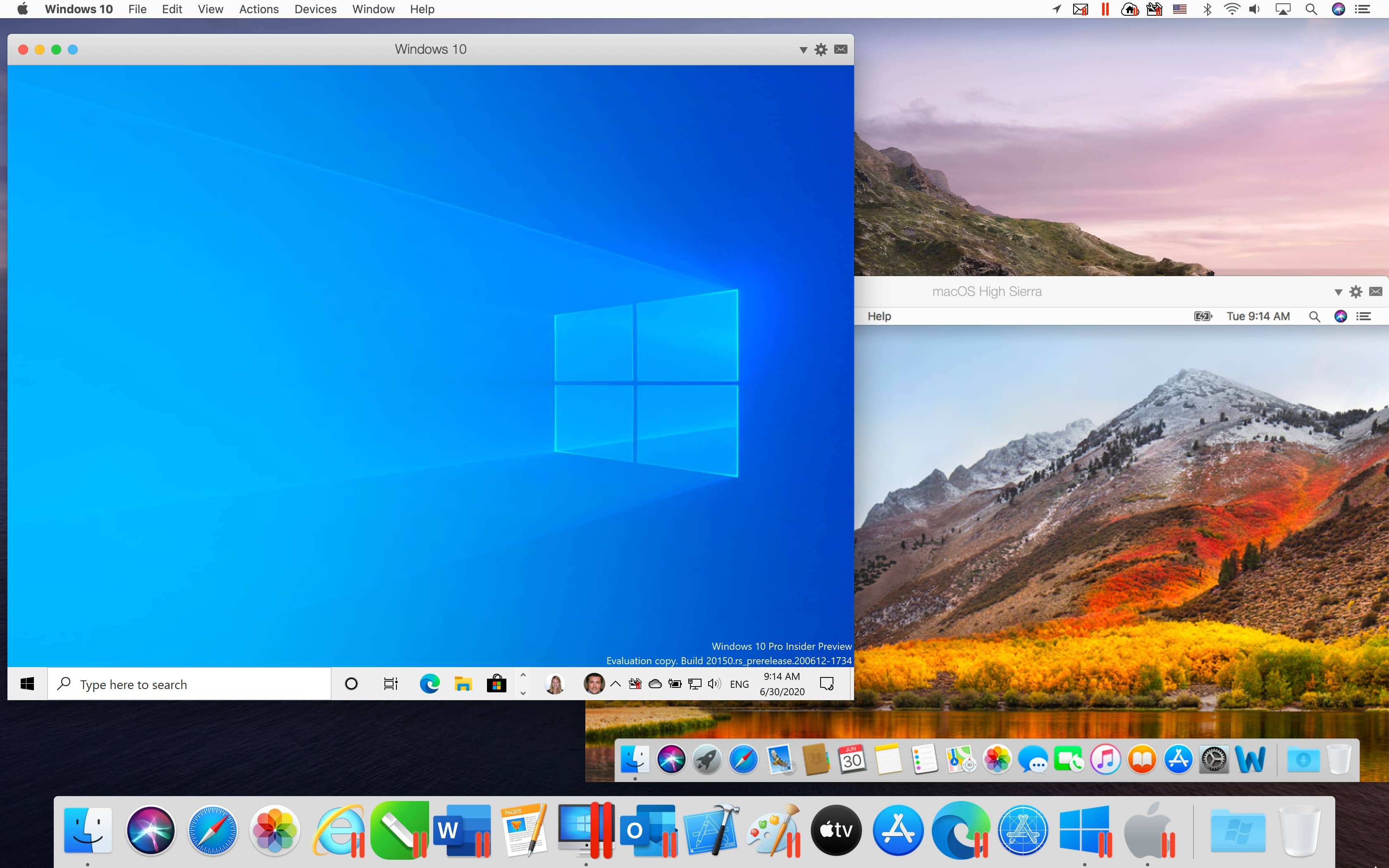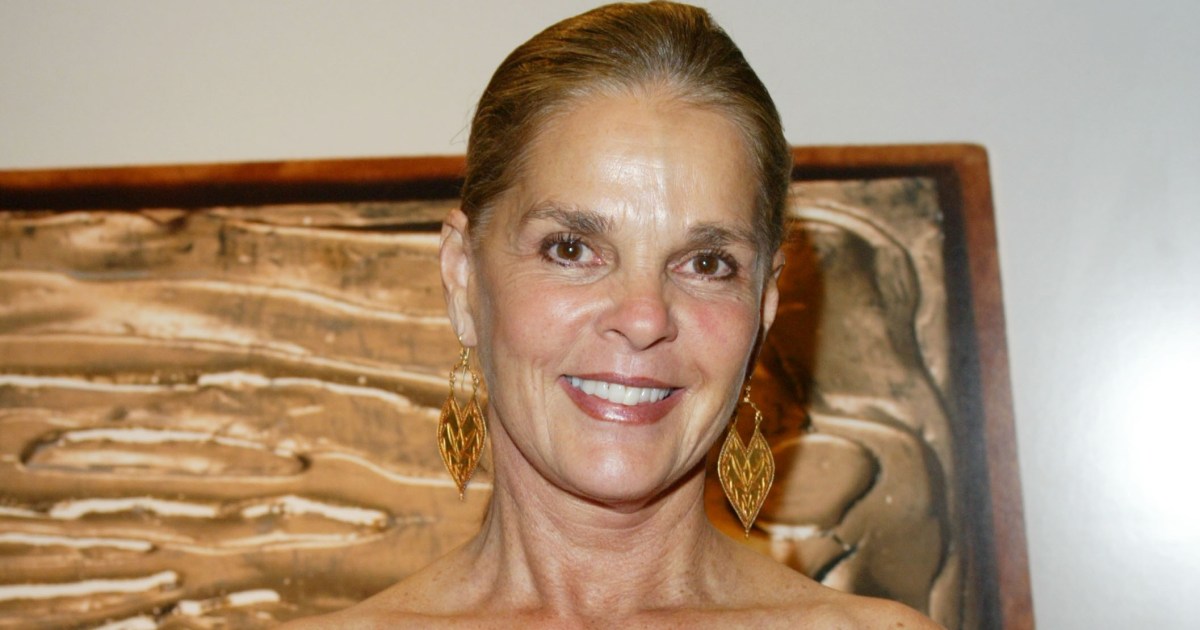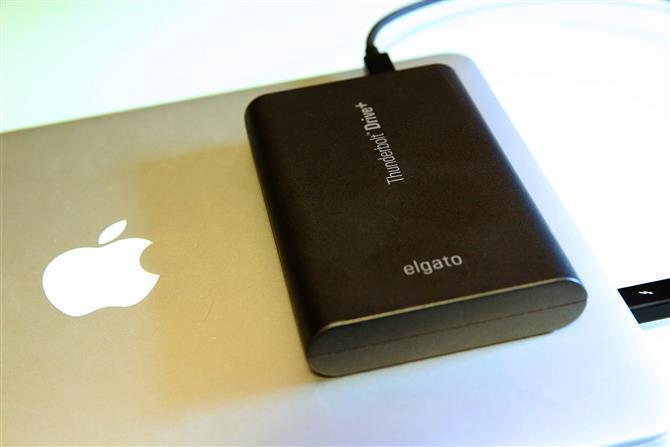When was the last time you update your R and RStudio?
I installed RStudio and R a year ago, and never update it since then. Today I just noticed I cannot install new R packages because of my old R version. So I explore some ways to update R and would like to share with someone who is also looking to update R on RStudio.
We want to share an update on Mac support for Guild Wars 2. When we launched in 2012, we knew we wanted Guild Wars 2 to be available to players on Mac computers. A lot has changed in the PC space in the past eight years, and recently we've taken a fresh look at our continuing support on Mac given some hardware changes Apple has recently made.
If your Mac is more than a few years old and you try to install Big Sur on it you will hit a few hurdles - the first being the fact that Software Update simply won't let you install the new. My mac is stuck on OS X Yosemite 10.10.5 and won’t update past that, no updates on app store no nothing, I recently bought an iPhone x and iTunes won’t let me sync my old iphone back up because it needs an update which i cannot get, its frustrating me, I don’t know what to do anymore, I’ve looked everywhere on the internet and can’t find a solution.
The problem
RStudio and R cannot update on their own because some packages may not work after switching to the new version (You can still downgrade R version in RStudio if something went wrong though). After you install the new version, the previously installed packages will not go to next version. So it is required extra procedures to move the packages.
Mac Won’t Update? If your Mac simply won’t update, it’s likely a hardware issue. As we noted, you’ll need 4GB RAM and 12.5GB storage to update your Mac. If you don’t have at least that, you will be unable to run the latest version of macOS. Your Mac may also be too old. Office for Mac that comes with a Microsoft 365 subscription is updated on a regular basis to provide new features, security updates, and non-security updates. The following information is primarily intended for IT professionals who are deploying Office for Mac to the users in their organizations.
Here are 3 ways you can update R version in RStudio. Note that we need to move the install R packages, which I will show how at the end.
3 Solutions to update R on RStudio
Solution 1) Manually install (Recommended if you don't care about the old packages)
The first method is to download a new version of R from R website > CRAN. Then restart your RStudio. The new R version will be loaded automatically.
The new R version appear right after I install R and restart RStudio
Update 29/05/2019: For Mac users, solution 3 is too painful and not working well for me. This method is fast and working well. I would recommend to save your time from headache and use this method. Take note of your previous packages so you can install them again as needed.
Solution 2) Windows only – use installr
installr is the R package which helps install and update software.
The R code you will need for updating R is: (credit goes to Cara Wogsland for the code)
install.packages('installr')
library(installr)
updateR()
You can find the tutorial on how to use installr to update RStudio on R-Statistics website.

Solution 3) Mac only – use updateR
Similar to installr, updateR is the package to help updating R on Mac OS.
The R code you will need is these 5 lines: (credit goes to jroberayalas for the code)

install.packages('devtools') #assuming it is not already installed
library(devtools)
install_github('andreacirilloac/updateR')
library(updateR)
updateR(admin_password = 'Admin user password')
You can find in-depth tutorial on how to use updateR package on this blog.
How to move the previously installed R packages
This is the instructions for Mac OS user (who used solution 1 or 3 above). For Windows user, installr package will do this for you
(credit goes to RyanStochastic and micstr):
1. Move all folders from your old R version to new R version.
/Library/Frameworks/R.framework/Versions/x.xx/Resources/library
Replace x.xx with the old and new R version at a time.
Note that you have to move only the packages that are not currently in the destination folder (because those are the base packages, and you don’t want to ruin them). But if you already did replaced everything, the next step will solve this for you.
If you cannot find the proper path, you can run this command to check: installed.packages()
2. Update the moved packages
Run the following command in R. Type ‘y’ for every question that popped up.
update.packages(checkBuilt=TRUE)
3. Type the following command in R to check if everything went well
version
Update Old Mac Operating System
packageStatus()
That’s it! Hope you guys success in updating R. If not, please check in the reference link below.

References: https://stackoverflow.com/questions/13656699/update-r-using-rstudio
Summary: This post is about how to fix when Mac won't boot after macOS update. If macOS Big Sur or macOS Catalina update makes your Mac not booting up, you'll know why and how to fix it quickly and easily.
Apple releases macOS and software updates periodically for better user experience. However, it backfires when your Mac won't boot after macOS update. Especially for some Mac newbies, Mac not turning on would drive them crazy.
Hence, this post will walk you through this problem. Then, you'll know what to do when Mac gets stuck on the Apple logo.
All right. Let's begin with why your Mac is not booting up after the macOS update.
Why is the Mac not turning on after macOS update?
Why won't Mac update successfully? It's fair enough to say, most of the time, Mac won't turn on after macOS update because of software incompatibility and bugs.
As we all know, technology inspires new programs and hardware to be released constantly. So, your Mac needs to update to work with most software and hardware. Sometimes, it's an overall macOS update. And sometimes, it's a tiny patch like this.
In detail, a macOS update could involve those activities.
- Upgrade certain necessary drivers. Sometimes, it simply installs patches to fix bugs. But sometimes, it will replace the whole driver structure to better use hard drives, keyboard, mouse, microphone, camera, etc.
- Upgrade the Kernel programs. Such updates will improve the security, accessibility, and management of core data.
- Redesign or update certain built-in applications. Utilities like Disk Utility, Safari, and Mail come along with the operating system. So, it could be updated for a better user experience.
- Other updates like operating system structure, file system, user interface, etc.
These updates are usually for a better user experience. Or they are for better supporting most of the latest hardware and software. However, as it is pointed out, the updated macOS can only work 'most' of them.
For example, Nvidia GTX 750 Ti can't work with Mac OS X earlier than Yosemite. After such a software update, Mac is not worknig, or the Mac or MacBook gets stuck on a loading bar after update. Once the third-party software and hardware on your Mac won't work with the latest macOS, your Mac won't turn on,or appears a pink screen on your Mac.
Common boot problems after macOS update
macOS is an improved range of Mac operating systems after Mac OS X. Up to now, there are three macOS systems available: macOS High Sierra, macOS Mojave, and macOS Catalina. Nevertheless, updating to each of them could cause problems.
1. Mac won't turn on after macOS Big Sur update
The newest major release of Mac operating system is macOS 11 Big Sur, which now is in beta version. Up to now, known boot issues of macOS Big Sur Beta include the following, or more.
- If you updated to macOS Big Sur 11.0 but not the newest vesion that has fixed existing bugs.
- You choose a wrong startup disk after installing macOS Big Sur 11.
A Complete List of macOS Big Sur Problems and Solutions
It talks about macOS 11 Big Sur update problems including downloading, installing, apps not working, not booting, battery issues and so on. Read more >>
2. Mac won't boot after macOS Catalina update
Then it comes to macOS Catalina. Even though it should be better than the previous two, (In some aspects, it is.) Catalina update problems like Mac won't boot after macOS update still occur.
Except for APFS conversion, the macOS Catalina update will automatically divide your hard drive into two volumes. One is the read-only Macintosh HD system volume, and the other is Macintosh HD - Data for saving your files. But if there is not enough free space for an update, your Mac will get stuck on a update loop.Whta's worse, you might see the Mac folder with question mark at startup because macOS Catalina update is not found.
What's more, the 'Full Disk Access' permission might be a lion in the way for some unauthorized applications. For instance, you have a program that requires certain Kernel extensions. But after updating to macOS Catalina, this program can't access the Kernel resource anymore. It doesn't have permission. As a result, your Mac will be frozen at the loading bar because this program keeps asking for resource permission.
A Complete List of macOS Catalina Problems and Solutions
It talks about macOS Catalina problems including downloading, installing, apps not working, not booting, battery issues and so on. Read more >>
3. Mac won't restart after macOS Mojave update
macOS 10.14 Mojave is coming after 10.13 High Sierra. Thus, the same boot problems on macOS High Sierra could also happen to macOS Mojave. As you might know, Apple introduced the System Integrity Protection (SIP) feature since OS X EI Capitan. It was originally introduced to keep system security. But once this feature was disabled previously before you update to macOS Mojave, it could cause boot problems.
For example, the Google software update on September 23, 2019, was shipped with a bug. This flaw damages the macOS file system on computers where System Integrity Protection is disabled. Many video professionals reported that their Mac crashed due to this.
So, just think about it, even Google can't avoid such software conflict, how about other third-party software? That's one of the reasons why many users who disabled SIP previously get Mac crashed after installing macOS Mojave.
4. Mac won't boot after macOS High Sierra update
One of the major updates in macOS High Sierra is the introduction of the Apple File System (APFS). As a part of the upgrade process, the macOS High Sierra installer will automatically convert the SSD to the APFS file system.
Even though Apple claims that the conversion process is supposed to be risk-free, many Mac users still meet problems. And disk corruption during the update is one of them. In this case, it's sure that the Mac won't restart after update. Mac will stop loading after update for such corruption.
Except for hard drive corruption, hardware or software incompatibility is another major reason. As your computer needs to work with so much hardware and software, the in-between conflict is inevitable. Those incompatibilities could slow your Mac down. They could make your Mac not responsive. Or, the Mac won't let you log in with right password. Also, the Mac could freeze on a black or Mac white screen of death.
• Recover/reset your forgotten Mac password to enter your macOS
What to do if Mac can't turn on after macOS update?
Having discussed why Mac won't boot after macOS update, you may find that it's tricky to hit the point. But don't worry, here are some inspirations so that you can troubleshoot this issue step by step:
- 1. Check if the Mac hard drive is corrupted
- 2. Check if any program is not compatible with your macOS
- 3. Check for a hardware incompatibility

Step 1: Check and repair the Mac hard drive in macOS Recovery mode
If your Mac refuses to boot after the update, you should check the Mac hard drive. Chances are that your MacBook ran out of power and the APFS reformatting process was interrupted. Or the hard drive is corrupted for bad sectors.
• How to Boot into & Use M1 Mac Recovery Mode
In this case, you can try to repair the hard drive with Disk Utility under Recovery Mode. Disk Utility helps Mac boot up in some ways sicne it's the built-in free disk repair tool on your Mac.
Learn how to run First Aid on the startup disk and repair the file system or disk errors.
Update Old Macbook
If no disk error was found by Disk Utility, then the hard drive should not be responsible for this issue. To find out why you can't turn on your Mac after macOS update, you can try Safe Mode.
Update Old Macbook Pro To High Sierra
Step 2: Boot your Mac into Safe Mode
You may be wondering 'why should I do this in Safe Mode?' The reason is that Safe Mode will only launch some basic necessary programs at startup. It’s easier to isolate incompatibility software that makes your Mac unbootable.
Make sense, right? Then let's dive into details on how to do this.
- 1. Press and hold the power button until the Mac forcibly shuts down.
- 2. To start the Mac up in Safe Mode, restart this Mac with Shift key pressed and held.
- 3. Release the key when you see the progress bar.
Update Old Mac Mini
If you boot into Safe Mode successfully, you'll see Safe Boot at the right top. At least, it indicates that the macOS update is not failed. Then, it should be third-party software incompatibility.
But to figure out exactly which program makes your Mac unbootable, you need to reboot into Verbose Mode. Verbose mode allows you to see what's happening when macOS is starting up.
You can hold Command + V at startup. Then you'll see a live report when your Mac is booting up. Once you find out the culprit, you can simply uninstall the software in Safe Mode
But if you fail to boot into Safe Mode, it means it's a macOS update failure. The system data is damaged or broken. You need to reinsall the macOS in macOS Recovery mode. You can simply boot into macOS Recovery Mode and choose Reinstall macOS. If you don't want to update macOS anymore, you can try your luck with using APFS snapshot to recover your system.
The point is that macOS reinstallation will risk your data on the Mac. Thus, you should first check your backups. Or you can recover data from unbootable Mac first.
Learn how to get your important files off the startup disk when your Mac won't boot.
Update Old Mac To El Capitan
Tips: You can prevent APFS conversion with start to install this time if you want to avoid unnecessary problems. But you are not advised to unless you are a Mac command geek.
Step 3: Ask Apple repair store for help
The toughest thing is that your hard drive is fine. And there is no software incompatibility noticed in Verbose Mode. In this case, you should check the hardware inside your Mac.
The reason is that macOS updates are always for better supporting the latest software and hardware. So, the hardware or drivers on your Mac may be too outdated to work with the newer OS.
In this case, you can ask help from the Apple repair store and reset the Mac. If it's the Mac machine itself is too old, you should replace it with a newer Mac model. Or you simply don't allow automatically update the macOS.
Update Old Mac Operating System
How to avoid macOS update failure?
Every time there is a new macOS update available, you'll receive a notification. It asks 'Do you want to restart to install these updates now or try tonight?'. However, it's not safe to update directly because your Mac could get stuck on update or even lose important files. In case the Mac won’t boot after macOS Big Sur or Catalina update, you surely can do some preparations in advance.
- Read several reviews from tech enthusiasts to learn problems when a new macOS beta is released.
- Make sure your Mac model and its hardware work with the updated macOS.
- Read macOS update instructions carefully when you are up to update your system.
- Back up your files, photos, documents, etc.
- Make sure there is enough free disk space for macOS update.
- Make sure your Mac is connected to power to avoid the black screen of death during macOS update.
So, you'd better do these preparations before you update to any operating system. But if your Mac can't boot up already, you should calm down and follow this guide to fix this issue. If you have any more any feasible solution to enrich this article, kindly drop us a hint at [email protected]
